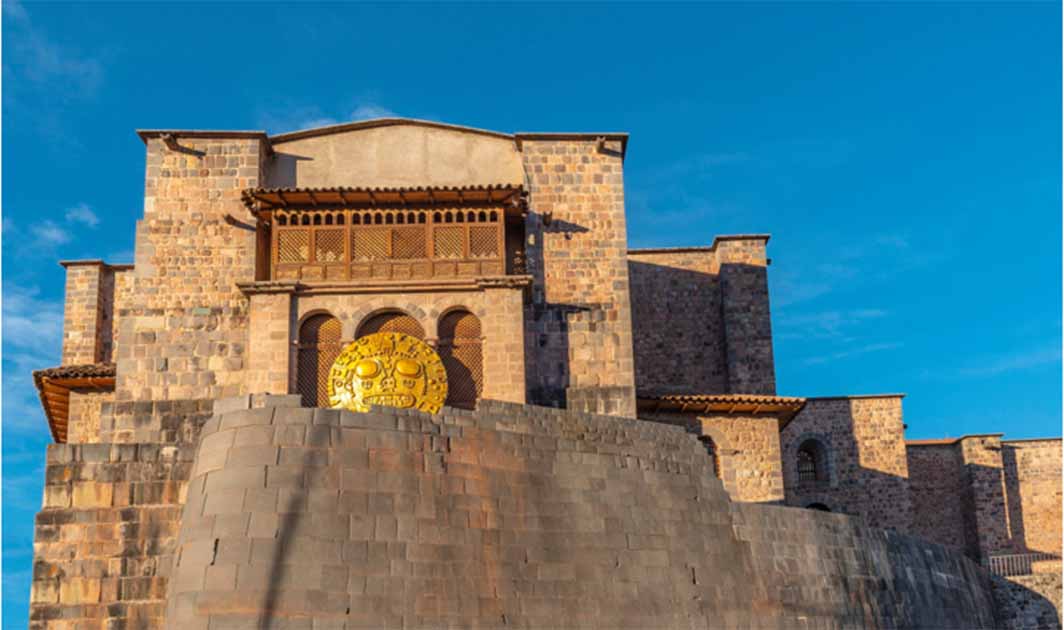Ancient Astro-Architecture of the June 21 Winter/Summer Solstice
Even the most well-read history buffs among us often go cold when they read about ancient cultures calling today, 21 June - the “winter solstice”. Let’s delve into solstice mechanics, and explore why the “winter solstice” falls in June in the southern hemisphere, and how the occasion is observed there.
Occurring twice a year, the solstices not only mark the northern and southern extremes of the annual sun cycle, but also the change of daylight, and the switch of seasons. While they mean little to most people today, in prehistory, the two solstices were highly-celebrated astronomical events that inspired some of the most magnificent stone structures of the ancient world.
- Stonehenge Druids Pledge Sacrifice To Try To Stop Tunnel
- 6 Spectacular Summer Solstice Celebrations Around the World
The Answer is in the Name
The word "solstice" is derived from the Latin words "sol" (sun) and "sistere" (to stand still), referring to the Sun appearing to pause for three days in its seasonal journey across the sky. This phenomenon is caused by the Earth's 23.5-degree axial tilt, relative to its orbital plane around the Sun, meaning that during different times of the year, one hemisphere is tilted towards the Sun while the other is tilted away.
In the northern hemisphere around June 21st, the North Pole is tilted towards the Sun resulting in the longest day of the year. Conversely, in the southern hemisphere around June 21st, the South Pole is tilted away from the Sun, therefore, the day with the least light - thus, the winter solstice.
Ancient civilizations recognized the significance of the solstices and incorporated them into their agricultural and ritual calendars, and also into the orientation and alignment of structures.

Sun behind the Heel stone at Stonehenge during the Summer Solstice. (Andrew Dunn/CC BY-SA 2.0)
Building in Accordance with the Sun
Since around 3,000 BC, on every continent, ancient stone sites were delineated with precision to mark the solstices, highlighting the importance of these celestial events. Iconic summer solstice sites in the northern hemisphere include Stonehenge in England, where massive stone pillars are positioned in such a way that the rising sun aligns with the ‘Heel Stone’ during the summer solstice. Furthermore, at Newgrange in Ireland, an ancient passage tomb built around 3200 BC, the December 21st rising solstice sun illuminates a chamber deep within the tomb.
In the southern hemisphere, where June 21 is the “winter solstice,” The Temple of the Sun in Cusco, Peru, was constructed around 1200 AD by Incas in such a way that the rising sun illuminates the central chamber. Dedicated to Inti, the Sun God, this sacred stone building showcases many other astronomical alignments, with its main windows and portals strategically positioned and oriented to capture the Sun's rays during significant solstice events. So here, and for other countries with Inca heritage, the annual Inti Raymi celebration is held for the Winter Solstice in June.
Another spectacular example of medieval solstice architecture in Peru, is Machu Picchu, the breathtaking high-Andes Inca citadel. Constructed in its entirety on astronomical alignments, the Intihuatana stone, or "Hitching Post of the Sun," served as an astronomical tool by which skywatchers (proto-astronomers) tracked the solstices and other celestial events against the mountainous horizons.
- 10 Jaw-dropping Engineering Marvels of the Inca Empire
- Ingapirca: Proof that the Inca Respected the Cultures of those they Conquered

The Sun Temple at Ingapirca, Ecuador, where the annual Inti Raymi celebration will take place. (Delphine Ménard/CC BY-SA 2.0 FR)
The June “Winter Solstice” In Deep History
Another example of a sacred stone building in the southern hemisphere, aligned with the June 21 “winter solstice,” is the Wurdi Youang Aboriginal Stone Arrangement in Victoria, Australia. This incredibly ancient indigenous site consists of a series of large stones which were arranged specifically to align with the setting sun during the winter solstice (today).

Wurdi Youang Aboriginal stone arrangement, Australia, estimated to be 11,000 years old. (CC BY 3.0)
Where the Wurdi Youang Aboriginal stone arrangement differs from all the aforementioned, is that Scientists from the University of Western Australia estimate it to be at least 11,000 years old. This dating challenges the currently accepted “oldest astronomical observatory in the world” at Nabta Playa, in Africa. Built around 7,000-years-ago, this stone circle was built to track the summer solstice and the arrival of the annual monsoon season.
However, ancient rock arts suggest Indigenous Australians were incorporating key celestial events into their oral traditions, and that they tracked the paths of celestial bodies for navigation, timekeeping, food economics, and social structure, more than 50,000 years ago. So it can be assumed that both the June 21st and December 21st solstices were celebrated back then as they are today.
Top image: The Inca sun temple or Qorikancha in Cusco city during Inti Raymi, hence the solar disk. Source: SL-Photography/Adobe Stock
By Ashley Cowie

















